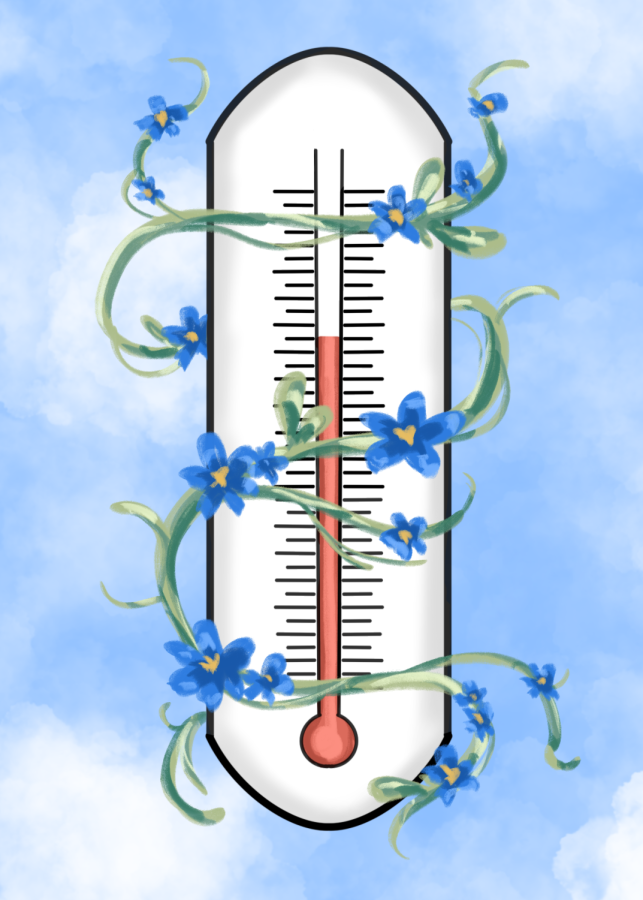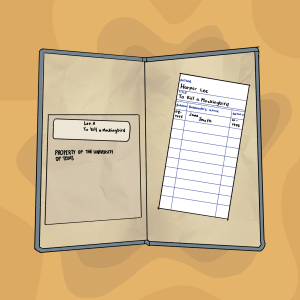Austin’s wildflowers bloom, despite inconsistent Texas weather
April 13, 2023
Delicate yet fruitful, blue and pink petals bud along the Main Mall as wildflowers spring into bloom. Bluebonnets, Texas’ official state flower, peaked in late March, according to the Lady Bird Wildflower Center, despite unpredictable weather, which would conceivably upend their deep roots.
“(Wildflowers) are such survivors,” said Cynthia Klemmer, environmental conservation program manager at the Zilker Botanical Garden. “They look so fragile, but they’re really tough. It’s a biological adaptation.”
Despite this meteorological spring following a record-breakingly warm winter — the ninth warmest on record — the season also featured another freeze, though wildflowers still sprouted.
“This winter will go down as significantly warmer and much drier than average,” said Hunter Williams, KVUE’s chief meteorologist. “But folks who lived through it will know that even though that’s the big picture, there were a couple of weeks that definitely felt like winter.”
Those brisk weeks, which included the volatile freezing rain storm that struck Austin and wiped out power in late January, certainly felt far from above average, Williams said. Despite a few cold snaps, Williams said these mostly above-average temperatures characterize a La Niña, which persisted for the past three winters and consists of warmer and drier conditions.
However, the early wildflower bloom catapults into a conversation more nuanced than the seven-day forecast — climate change. As temperatures more consistent with late spring arrive by mid-winter with warm soil, experts said early wildflower blooms will undoubtedly continue.
Along the Lady Bird Wildflower Center’s 284 acres in Southwest Austin, horticulture director Andrea DeLong-Amaya said the bluebonnets thrived amidst the early spring conditions.
“Our bluebonnet season has been a little better than usual due to drought last summer that knocked back some of the other species, leaving more real estate for fall germinating species,” UT alum DeLong-Amay said in an email.
Assuming average rainfall continues, the center said they expect the bloom to conclude in late April.
But through torrential downpours or smothering droughts, Klemmer said the wildflowers prepare for and withstand the ever-changing weather by design.
“By the time droughts get here, wildflowers are going to be done. … It’s about blooming during nice cool, wet spring months and getting … out of dodge when the hot weather gets here,” Klemmer said. “One way to compare it (is) if you have poor nutrition, then you’re going to be more susceptible when illness does come around. For plants that are stressed, they’re going to be more prone to disease and insects.”
This admired resilience of budding colorful petals annually stems from longtime adaptations, Klemmer said, ensuring that bluebonnet seeds never stop sprouting, even through freezing icicles or scorching heat.
“That’s Mother Nature’s way of making sure that if all of the seeds sprouted in one year, and there was a vicious weather event and all of those plants were wiped out, there’s still some for years to come,” Klemmer said.












